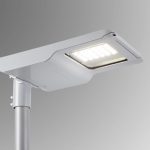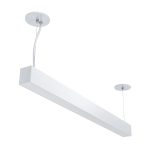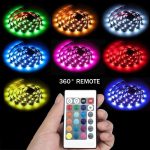Optimizing Your Reef Tank Lighting: How Much LED Light is Needed?

As an aquarium enthusiast, you know that lighting is one of the most important factors to consider when setting up your reef tank. Not only does it enhance the aesthetic appeal of your aquarium, but it also plays a crucial role in the survival and growth of your corals and other marine organisms. With the advent of LED lighting systems, it has become easier to achieve optimal lighting conditions for your reef tank. However, the question remains, how much LED light is needed to optimize the health and growth of your reef inhabitants?To answer this question, we need to consider various factors such as the type of corals in your tank, the size of your aquarium, and the intensity of light required by your marine organisms. While some corals require high-intensity lighting to grow, others may thrive under low to moderate lighting conditions. Moreover, the size of your aquarium and the depth of your water column can also affect the amount of light that reaches the bottom of your tank. Therefore, it is essential to understand the lighting requirements of your reef inhabitants and choose an appropriate LED lighting system that can deliver the necessary light intensity and spectrum. In this article, we will explore how much LED light is needed to optimize your reef tank lighting and provide some tips to help you achieve the best lighting conditions for your aquarium.
Factors to Consider When Determining the Amount of LED Lighting Needed for Your Reef Tank
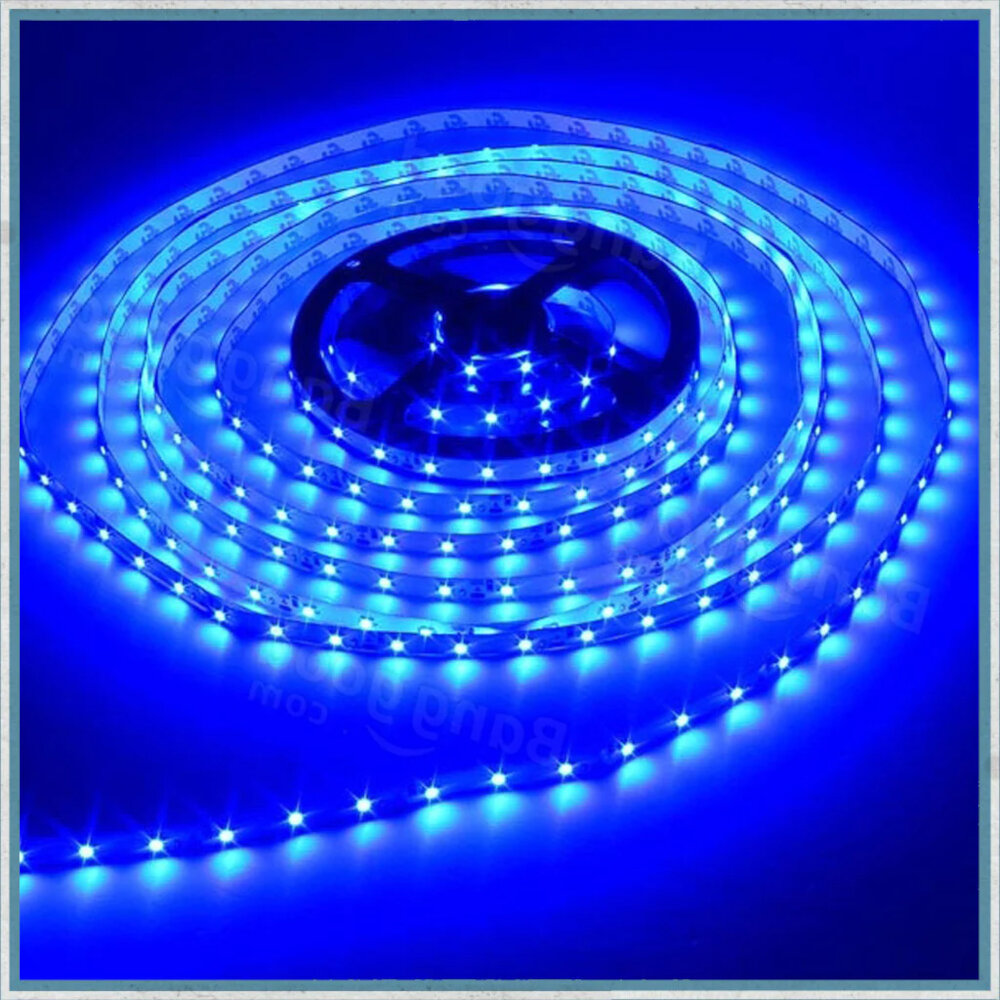
Reef tanks are a beautiful addition to any home, but it is often challenging to determine the amount of LED lighting needed for your reef tank. The amount of LED light required for a reef tank varies depending on the species of coral and the size of the tank. The intensity and duration of light exposure are also crucial factors to consider. The first factor to consider is the type of coral in your tank. Soft corals require less light than hard corals, which require high-intensity lighting. Therefore, it is essential to research the lighting requirements for the type of coral in your tank. The size of the reef tank is also a crucial factor to consider when determining the amount of LED lighting needed. Larger tanks require more lighting than smaller tanks to ensure that the corals receive enough light. The intensity and duration of light exposure are also essential factors to consider. The intensity of the light should be strong enough to penetrate the water and reach the corals at the bottom of the tank. It is recommended to have a lighting schedule of 8-12 hours per day, depending on the type of coral in your tank. By considering these factors, you can optimize your reef tank with the right amount of LED lighting to support the health and growth of your coral.
Corals are fascinating creatures that come in a wide variety of forms, shapes, and colors. They are generally classified into two main types: hard corals and soft corals. Hard corals, also known as stony corals, have a hard, calcified skeleton that forms the foundation of coral reefs. They come in a range of shapes, including branching, encrusting, and massive, and are typically more colorful than soft corals. Soft corals, on the other hand, are flexible and have a fleshy, non-calcified skeleton. They come in a wide variety of shapes, including fans, whips, and trees, and are often brightly colored. Both types of corals are essential components of a healthy reef ecosystem and can thrive under the right conditions, including adequate lighting.
Tank depth and size are important considerations when determining the amount of LED lighting needed for a reef tank. The depth of the tank will affect the penetration of light, with deeper tanks requiring stronger lighting to reach the bottom. Additionally, the size of the tank will determine the overall coverage area required for lighting. It is important to select LED lights that are appropriate for the tank size and depth to ensure that corals receive adequate light for photosynthesis and growth. By optimizing lighting based on tank depth and size, reef tank enthusiasts can create a healthy and thriving aquatic environment for their corals and other marine life.
The light spectrum plays a crucial role in the growth and health of corals in reef tanks, as it affects the photosynthesis process. The spectrum of light needed for optimal coral growth is between 400-700 nm, known as the photosynthetically active radiation (PAR) range. Within this range, blue light (400-500 nm) is essential for photosynthesis and coral coloration, while red light (600-700 nm) promotes the growth of zooxanthellae, which are essential for coral health. Green light (500-600 nm) is less important for photosynthesis but can enhance the overall appearance of the tank. To optimize reef tank lighting, it is crucial to choose LED lights that provide a balanced spectrum of light, with a higher intensity in the blue and red ranges.
Light intensity is a crucial factor when it comes to optimizing your reef tank lighting. Insufficient light can hinder the growth and health of your corals and other aquatic life, while excessive light can lead to bleaching and other damage. To ensure the ideal light intensity, you must consider the type of corals in your tank, as different species have different light requirements. Additionally, the depth of your tank will also determine the necessary light intensity, as light penetration decreases with depth. It is essential to choose LED lights with adjustable intensity settings to adapt to the needs of your tank and avoid over or underexposure. A well-planned lighting system with the right intensity can help you create a stunning and thriving reef aquarium.
How to Calculate the Amount of LED Lighting Needed for Your Reef Tank
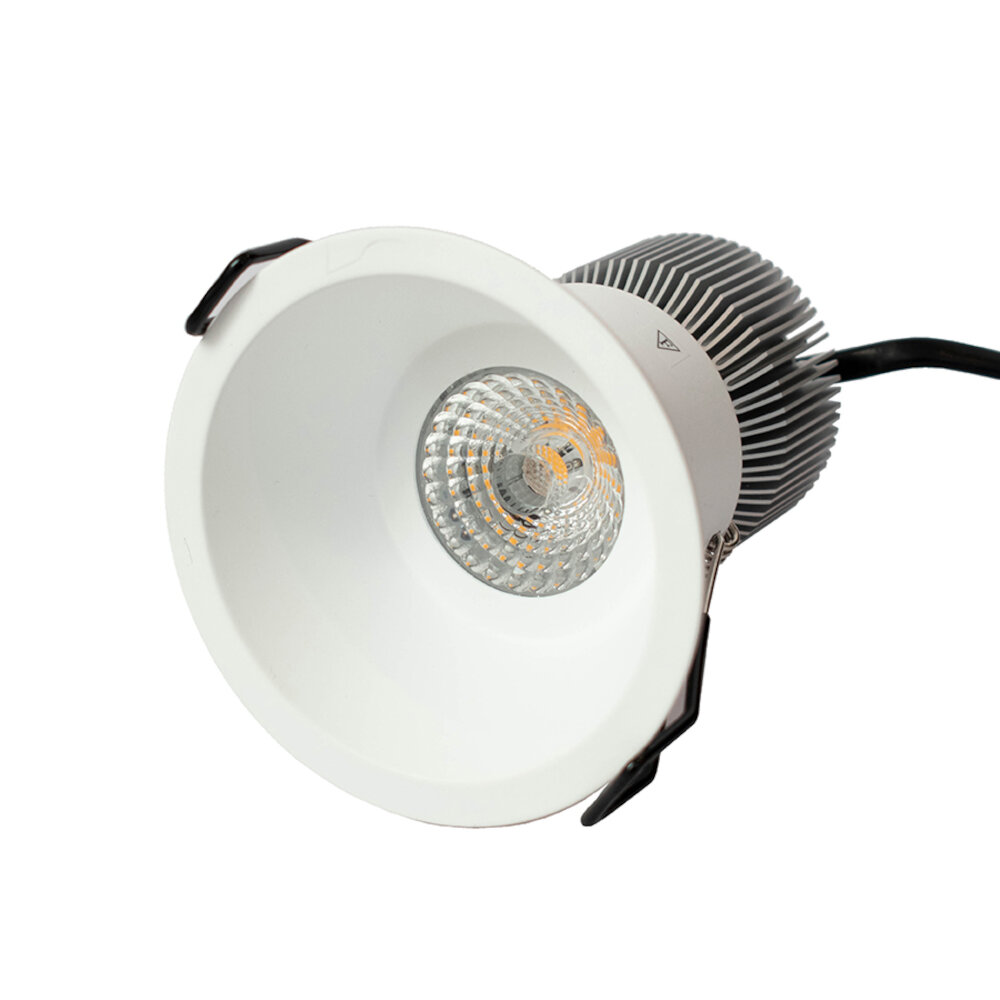
When it comes to setting up your reef tank, lighting is a crucial component that plays a significant role in the health and growth of your coral and other marine organisms. The right amount of LED lighting can help simulate natural sunlight, providing the necessary energy for photosynthesis and promoting the growth of symbiotic zooxanthellae. However, determining the amount of LED lighting needed for your reef tank can be a daunting task, especially for beginners. Here are a few key factors to consider when calculating the amount of LED lighting required for your reef tank. The first factor to consider is the size of your tank. The amount of LED lighting needed for a 20-gallon reef tank will differ significantly from that required for a 100-gallon tank. Other critical factors to consider include the type of coral in your reef tank, the water depth, and the lighting color spectrum. For instance, different corals require different levels of light intensity and color. SPS corals, for example, require high-intensity lighting to thrive, while LPS corals require lower levels of light intensity. By considering these factors, you can determine the appropriate amount of LED lighting needed for your reef tank to ensure optimal growth and health for your marine organisms.
To optimize the lighting in your reef tank, it is crucial to determine the PAR (Photosynthetically Active Radiation) values required by your corals. PAR refers to the amount of light energy available for photosynthesis, which is essential for the growth and health of your coral. Different coral species have varying PAR requirements, and it is essential to research and find out the recommended PAR values for your specific types of corals. You can use a PAR meter to measure the light intensity in your tank, and adjust your LED lighting accordingly to provide the optimal PAR levels for your corals. By ensuring that your corals receive the appropriate PAR values, you can create a thriving and vibrant reef tank.
When it comes to optimizing your reef tank lighting, one of the critical factors to consider is the total PAR output needed. PAR, or photosynthetically active radiation, is the amount of light energy that is available for photosynthesis, and it is measured in micromoles of photons per square meter per second (µmol/m²/s). The total PAR output needed will depend on the types of corals and other photosynthetic organisms you have in your reef tank, as well as the depth of the tank and the type of lighting fixtures you are using. To calculate the total PAR output needed, you will need to determine the PAR requirements for each type of coral in your tank and add them together. This will give you a total PAR output needed for your reef tank, which you can then use to select the appropriate lighting fixtures and adjust their settings to ensure your corals get the light they need to thrive.
In order to optimize your reef tank lighting, it is important to determine the appropriate number and type of LED lights needed. This can vary depending on the size of your tank, the type of corals you have, and the desired light intensity. Generally, a rule of thumb is to have 1-2 watts of LED light per gallon of water, but this can be adjusted based on the specific needs of your tank. Additionally, the type of LED lights used can impact the growth and health of your corals, with options ranging from full spectrum to blue spectrum. It is important to do research and consult with experts to ensure that you are providing the best possible lighting for your reef tank.
Common Mistakes to Avoid When Choosing LED Lighting for Your Reef Tank
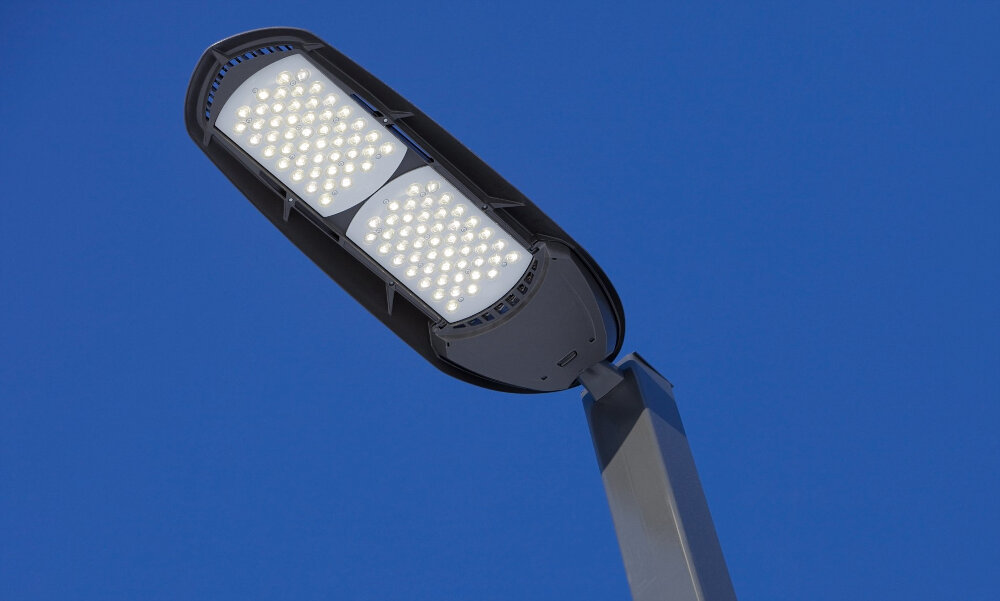
When it comes to choosing LED lighting for your reef tank, there are a few common mistakes that you should avoid. One of the biggest mistakes is not considering the intensity of the light. It’s important to choose LED lights that have a high enough intensity to reach the bottom of your tank. If the intensity is too low, your corals and other marine life may not receive enough light to thrive. On the other hand, if the intensity is too high, it can cause heat buildup and damage to your tank’s inhabitants. Therefore, it is essential to choose LED lights that provide the ideal intensity for your reef tank. Another mistake to avoid when choosing LED lighting for your reef tank is not taking into account the spectral output. The spectral output of LED lights determines the color of the light and can have a significant impact on the growth and health of your coral and other marine life. It’s essential to choose LED lights with a spectral output that matches the needs of the corals in your tank. For example, if you have corals that require a lot of blue light, you should choose LED lights that have a higher blue spectral output. Overall, it’s crucial to do your research and choose LED lighting that meets the specific needs of your reef tank to ensure the health and vitality of your marine life.
When it comes to lighting your reef tank, it’s crucial to get the right amount of light. Overestimating or underestimating the amount of lighting needed can have adverse effects on your corals and other aquatic creatures. If you overestimate the amount of light required, you risk damaging your corals and causing them to bleach. On the other hand, underestimating the lighting needs can lead to poor growth and unhealthy corals. Therefore, it is essential to strike a balance between the two and provide your reef tank with just the right amount of light. One way to achieve this is to invest in high-quality LED lights that offer a wide range of color spectrums and intensity levels. By doing this, you can ensure that your reef tank receives optimal lighting, which supports healthy coral growth and a thriving aquatic ecosystem.
Choosing the wrong light spectrum for your reef tank can have detrimental effects on the health and growth of your coral and other aquatic life. The color temperature of the light can impact everything from the appearance of the tank to the photosynthesis process of the coral. A light spectrum that is too blue can lead to bleaching and stunted growth, while a spectrum that is too red can cause poor coloration and slow growth. It is essential to select a light spectrum that mimics natural sunlight and provides the necessary wavelengths for your specific type of coral. Proper research and consultation with experts can ensure that you choose the right light spectrum for your reef tank to promote a thriving and healthy aquatic environment.
When it comes to optimizing your reef tank lighting, it is essential to strike a balance between cost and quality. However, many reef tank owners make the mistake of focusing too much on the cost of lighting, which can lead to subpar results. While it is understandable to want to save money, investing in high-quality LED lighting is crucial to the health and growth of your coral and other aquatic creatures. Cheap, low-quality lighting may seem like a good deal at first, but it can result in stunted growth, poor coloration, and even death of your reef inhabitants. Therefore, it is crucial to prioritize the quality and intensity of your reef tank lighting over its cost.
Optimizing your reef tank lighting is an essential aspect of maintaining a healthy and thriving coral ecosystem. LED lights have become the preferred choice among aquarium enthusiasts due to their energy efficiency and customizable settings. However, determining the appropriate amount of LED light required for your reef tank can be challenging. Factors such as the size of the tank, the type of coral, and the depth of the water can all play a role in determining the optimal lighting conditions. It is crucial to find the right balance of intensity and duration to avoid overexposure or underexposure of light, which can lead to coral bleaching or growth inhibition. With careful consideration and experimentation, you can achieve the perfect lighting conditions to promote the growth and vibrancy of your reef tank.
When it comes to lighting your reef tank, LED lighting is a popular and efficient option. However, it’s crucial to determine the right amount of LED lighting needed to ensure that your reef tank thrives. Factors that must be taken into account include the size of your tank, the types of corals you have, and the intensity and spectrum of the light. If you have a larger tank, you may need more LED lighting to cover the entire space. Similarly, if you have light-hungry corals, you’ll need more intense lighting. By taking these factors into consideration, you can optimize your reef tank lighting with LED lights and create a healthy environment for your marine life.
Conclusion
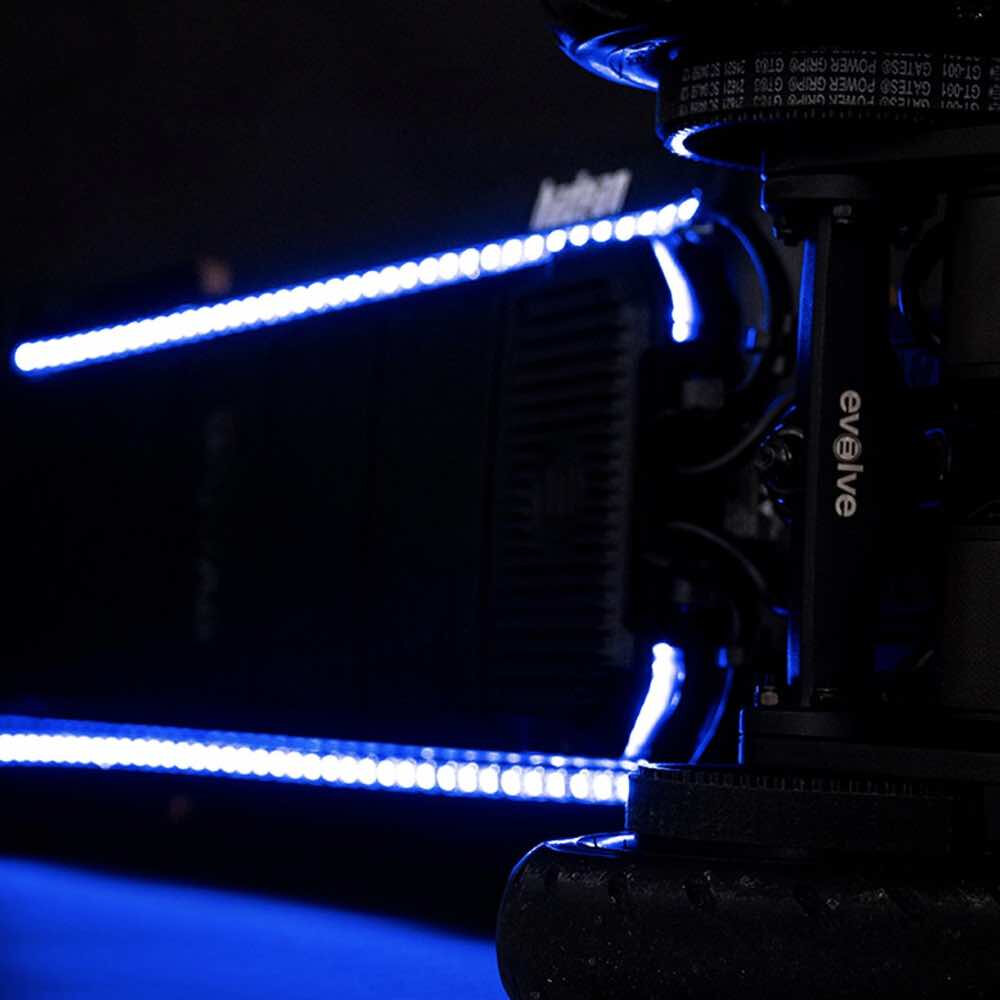
In conclusion, optimizing the lighting in your reef tank is crucial for the health and growth of your marine creatures. LED lighting has become a popular choice due to its energy efficiency and customizable features. However, determining how much LED light is needed can be a complex task that requires careful consideration of various factors such as the type of coral and its light requirements. It is important to strike a balance between providing enough light for photosynthesis and preventing photo damage from excessive light exposure. Regular monitoring of the lighting levels and adjusting accordingly can help maintain a thriving reef ecosystem. Ultimately, investing in high-quality LED lighting and seeking expert advice can help ensure the success of your reef tank.

